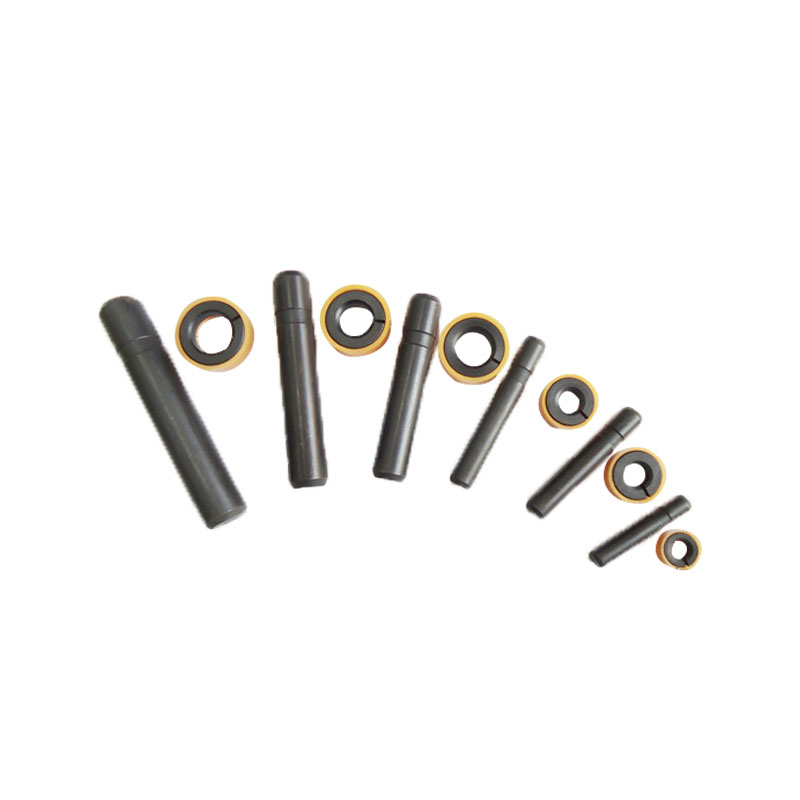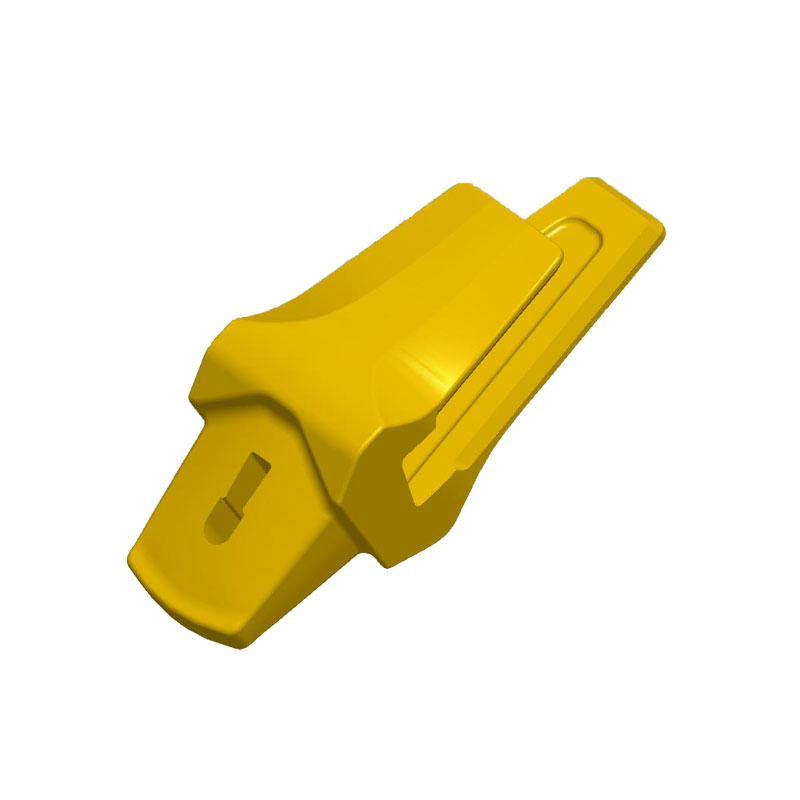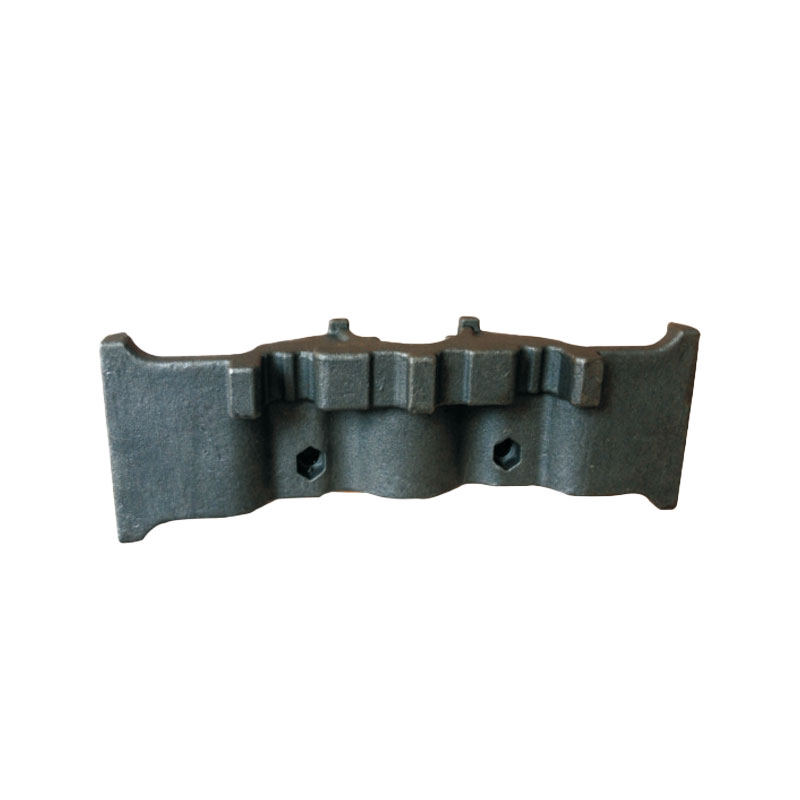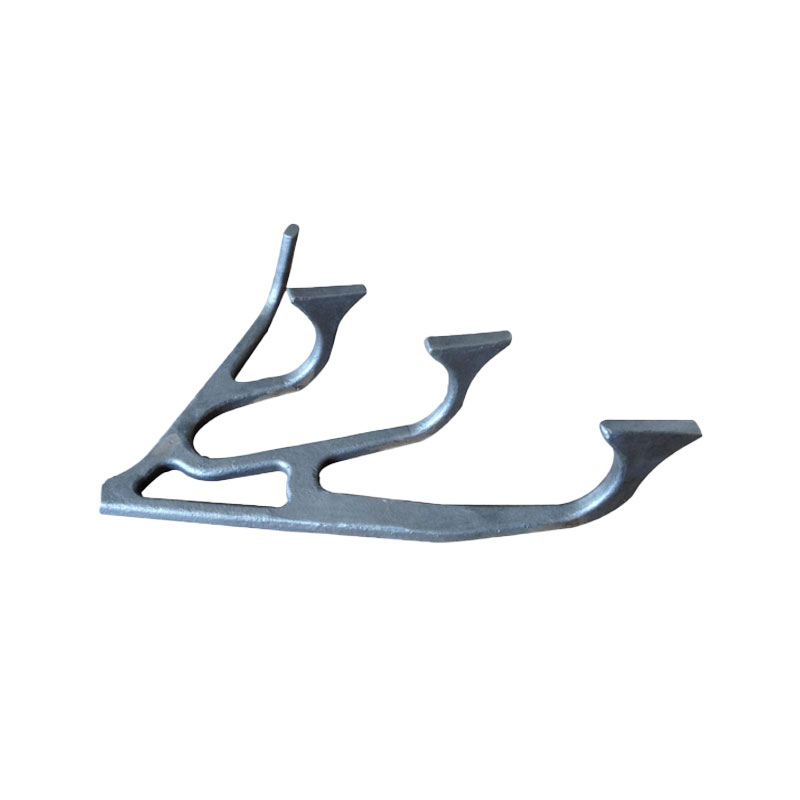The method of coping with surface irregularities in ste […]
The method of coping with surface irregularities in steel castings depends on the unique nature of the irregularities and the desired surface satisfactory. Here are a few commonplace handling methods:
1.Mechanical processing: The use of grinding, milling, cutting and other mechanical processing techniques can get rid of surface irregularities and enhance floor smoothness. This technique is suitable for conditions that require high-precision surfaces.
2.Polishing: For packages that require surface smoothness, a sharpening manner can be used. Polishing can do away with small irregularities and enhance surface smoothness. Polishing is generally achieved using abrasives, sharpening paste, or other sharpening tools.
3.Sandblasting: Sandblasting is a method of grinding away floor irregularities through high-speed spraying of sand particles or different granular materials. It can enhance floor first-rate, increase smoothness, and to some extent modify surface texture.
4.Chemical treatment: For surfaces with unique requirements, chemical treatment techniques inclusive of acid washing or electrochemical sharpening may be considered. These methods can improve floor best and regulate floor characteristics.
5.Heat treatment: For a few surface irregularities caused by residual stress, warmness remedy may be an answer. Heat remedy can modify the crystal shape of steel castings, reduce residual strain, and enhance surface smoothness.
6.Repair welding: For neighborhood depressions or unevenness, restore welding techniques may be used to fill the defects, after which mechanical processing or other floor remedies may be performed.
7.Using appropriate molds: During the casting technique, using well-designed and clean floor molds can lessen the floor irregularities of metal castings. Precision molds assist to provide smoother steel castings.
Before adopting any remedy technique, it is important to first have an in depth knowledge of the motives for floor irregularities. This helps to pick the maximum appropriate processing method and ensures that it does not have an effect on the alternative performance of the components.



